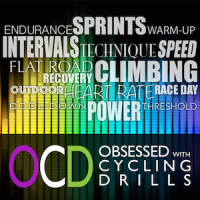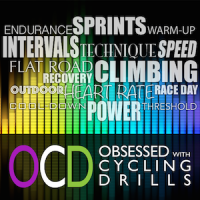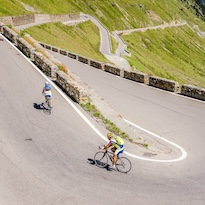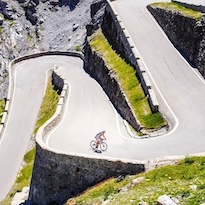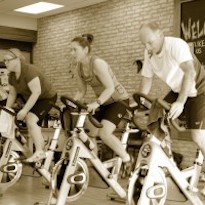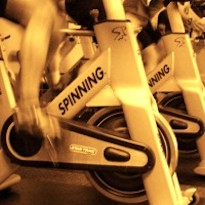Obsessed with Cycling Drills: The On-Ramp
Riding the line. Riding the sustainable limit. Riding on the edge. Statements like these give me the warm fuzzies, like a pair of warm, fuzzy slippers for your heart. Just as important as knowing your limit is the ability to arrive at or ramp up to the intended intensity. If we step on the gas too hard too soon, we risk blowing up; if we take too long to build to the target intensity, we risk short-changing the effort. Welcome to The On-Ramp: A fun way to learn how to approach grueling, leg-grinding, lung-searing sustainable efforts.Read more…

